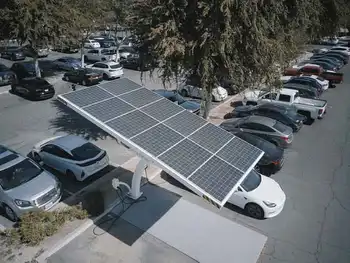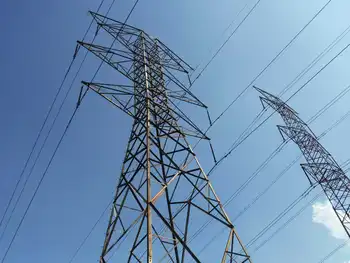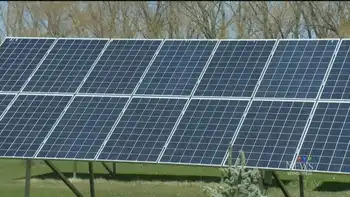Electricians help Habitat for Humanity
By Knoxville News Sentinel
Substation Relay Protection Training
Our customized live online or in‑person group training can be delivered to your staff at your location.

- Live Online
- 12 hours Instructor-led
- Group Training Available
"Everyone has been really good about checking on me," Bushey said. "They slow down their pace just to show me how to do things. They're all so encouraging."
Bushey usually works in a food tent that goes up at a site whenever Habitat sets out on a project. This time, however, she felt it was her time to get out and help families directly.
She has been learning how to do the many different construction elements that go into building a home, and electrical work was something for her to get excited about.
"It's wicked cool," she said. "I've gotten to learn so much."
Volunteers have been working all week in a self-styled "blitz" to build seven houses in seven days in a new subdivision on Skyline Drive in East Knoxville. The project started in earnest April 9.
One important element of the new homes, obviously, is electricity.
Habitat has a small team of volunteers devoted to solely working on the electrical elements of the houses it builds in the Knoxville area.
"We start our work from the 'rough end,' with installing the boxes and the wiring," said Danny Mitchell, a licensed electrician who is director of operations for Habitat. "Then, we come back to put in the plugs, switches, lights and build the switchboard for the home."
One day, the electrical team could be found hard at work installing switches and lights in one of the seven homes in the blitz, while the other six homes were using volunteer electricians from the National Electrical Contractors Association.
By the end of the day, the electrical work was completed and the homes were ready to be inspected. According to Mitchell, a representative from the Knoxville Electrical Inspectors commended Habitat on its well-built, easily inspected homes.
"That just makes you feel good," Mitchell said. "With electrical work, you build a reputation. We know how to build things, and we build them right."
The Habitat electrical team does not normally work on the blitz homes, because of the extreme time constraints, but this time it got to join in.
"It's a little different than what we usually do," said Joe Ben Wilson, a five-year veteran of the crew. "We're in each other's way, us and the other building crews, but that's to be expected."
The team is made up of 12 men from various backgrounds, but they all work well together, Mitchell noted. They have a retired teacher, a handyman and a retired natural gas worker to name a few, but the one thing they all have in common is the urge to help.
"Habitat is a way to help people who are already helping themselves," Wilson said.











